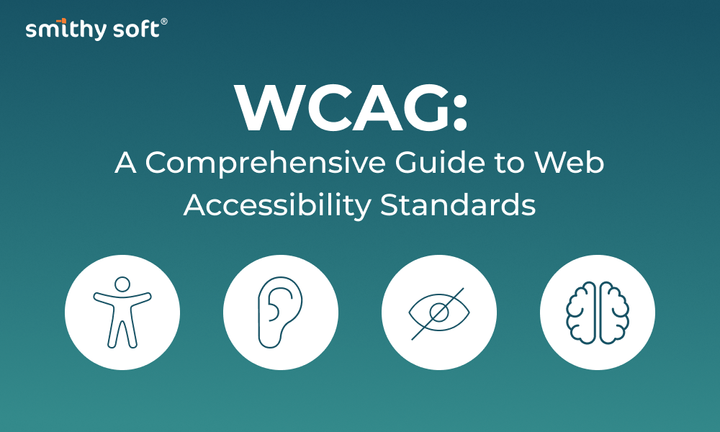IT Investments You Should Never Skimp On

All too often, companies skimp on certain aspects of their technology to save some money for what they perceive to be more critical needs. You may even know someone who has done just that. They seize the opportunity to outfit their office with a huge monitor and better-spec PCs (even if they don't need them) and then decide that IT security, for example, isn't a priority. They're not ready, or just don't want to pull out a credit card for a security solution, because they don't want to deal with the monthly or yearly maintenance and subscription costs.
But saving on some of the things that concern IT can cost one dearly, and the final payoff will not only be monetary, but one will also lose out on time, resources, and customers.
Today we live in a digital society, and that familiar storefront where you previously demonstrated a product you create or advertised services you provide will now be your website. As a result, everything will depend on how users perceive the design, the performance of your site, and more. To prevent the appearance and poor performance from costing you customers, you should think about how to start redesigning the site as early as possible and better postpone thinking about saving money on it. Google research shows that if a mobile site takes longer than three seconds to load, 53 percent of visitors will leave it, meaning your slow, outdated website is literally wasting your money. Design is also critical and is responsible for 94% of negative website reviews. If you're not serious about designing or redesigning your website, potential customers will go to your competitors.
When it comes to IT investments, security is never worth skimping on.
Too many companies, from small to large, underinvest in IT security. We are raising this topic for the first time, but we have already seen enough cases when saving at a certain moment turns out to be a disaster in the future. Business owners and managers who think, "This won't happen to me" are on a dangerous course.
For small businesses, a data breach can be devastating. Not only is the data compromised and can be copied or stolen, but your customers will also immediately wonder if they should trust you. There is a good chance that they will end up moving their business elsewhere and may even sue you.
When IT security isn't a priority and you're investing in the cheapest option available, it's like inviting hackers in. One study by Imperva – the security company – found that over 50% of all internet traffic is generated by bots. Many of these bots are looking for security holes. They test websites and networks looking for a way in. If they find a way, they can cause serious damage.
Investing in strong IT security—with an experienced IT team behind that security—can prevent that damage in the first place. It's not just about protecting your business assets, it's also about protecting your customers and giving them one more reason why they should trust you.
If you keep all your data in place with no backups, and it's all stored in one central office, then it's a recipe for disaster if you get hacked. But even more catastrophic could be a hard drive or server failure. Out of the blue, you may find that you can't access customers' information, invoices, and phone numbers, whatever. Having a local or cloud backup means everything you do has an extra layer of protection. A backup gives you the ability to recover your data in the worst-case scenario.
And to have a backup for a backup is to be one step ahead. Have one local solution and one cloud solution.
Of course, you also need a system that keeps your data updated regularly and accurately. Another mistake businesses make is that they buy a backup system or backup services but don't make the best use of it. For example, they never bother setting it up. Or the system has been set up but incorrectly and as a result data is not being backed up or is being backed up with errors, or is backing up data too infrequently which reduces the usefulness of the system to almost nothing.
Another question that business owners should ask themselves almost every morning—how old is my technology? Think about the hardware you are using and the software on that hardware. Is it still considered new or you could use some update? If the technology at your disposal is behind the times, this can lead to problems. Not only are you exposing yourself to security vulnerabilities, but you may also be using technology that is no longer supported by the developers.
If the developers no longer publish updates or don't support the software, that's a huge red flag that you need to eliminate.
The potential headaches don't end there. If you use unsupported software on shiny new hardware, you may void the warranty on that hardware (always check your warranties and the fine print on any hardware you buy).
Alternatively, if you're trying to run brand new software on old hardware, chances are you'll run into compatibility issues. This awesome software might not work at all or not work in the way you expected, all because you don't want to upgrade your old hardware.
In order for your business website to function properly, there are a few important things that need to be done when creating it. First, invest in high performance because an attractive website that loads quickly will give you the best ROI in the long run. Cleaning up legacy code and working with an enterprise-grade hosting platform will do wonders for improving performance issues.
Well-designed websites are easy to update, allowing your team to respond immediately to market signals and better control messaging without having to send IT support tickets. Functionality testing is also made easy on a highly functional website, allowing you to optimize the user experience and target effective messaging that drives conversions or other business goals.
It doesn't always seem worthwhile to shell out to invest in good IT security, cloud backup storage, or new hardware, but by ignoring what seems to work at the moment, saving where the situation is not critical now, you will still pay for it later. And when that happens, the service bill will be much higher than if you had originally invested in IT, as well as the number of losses that could have been avoided altogether.


